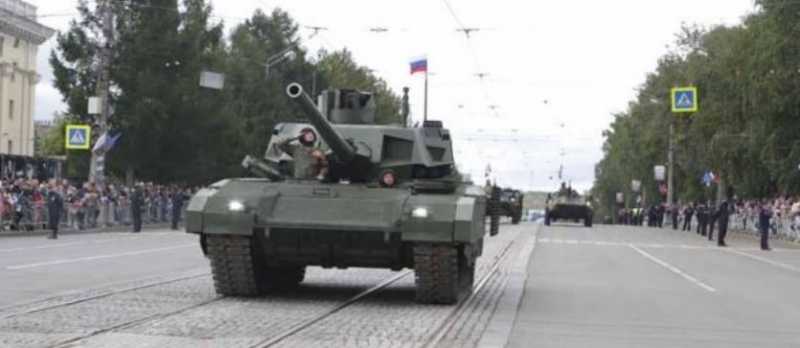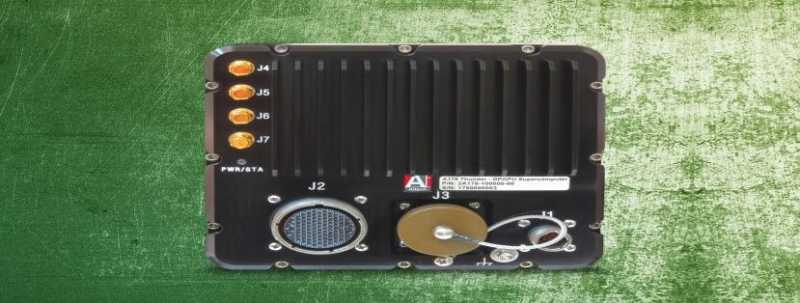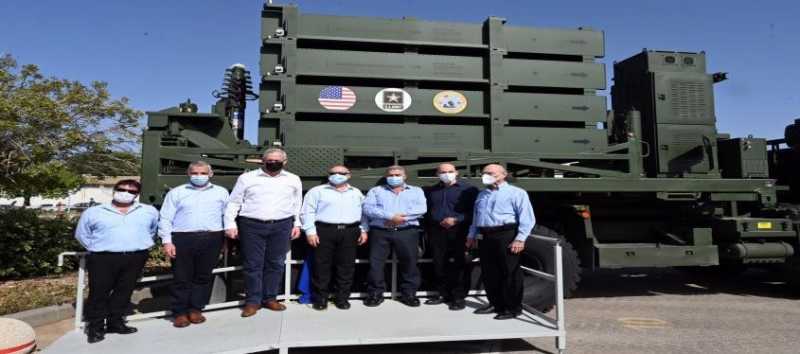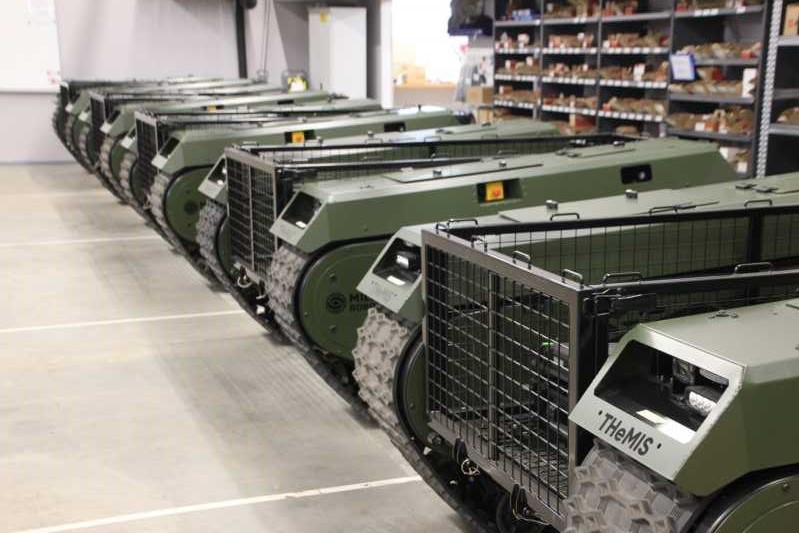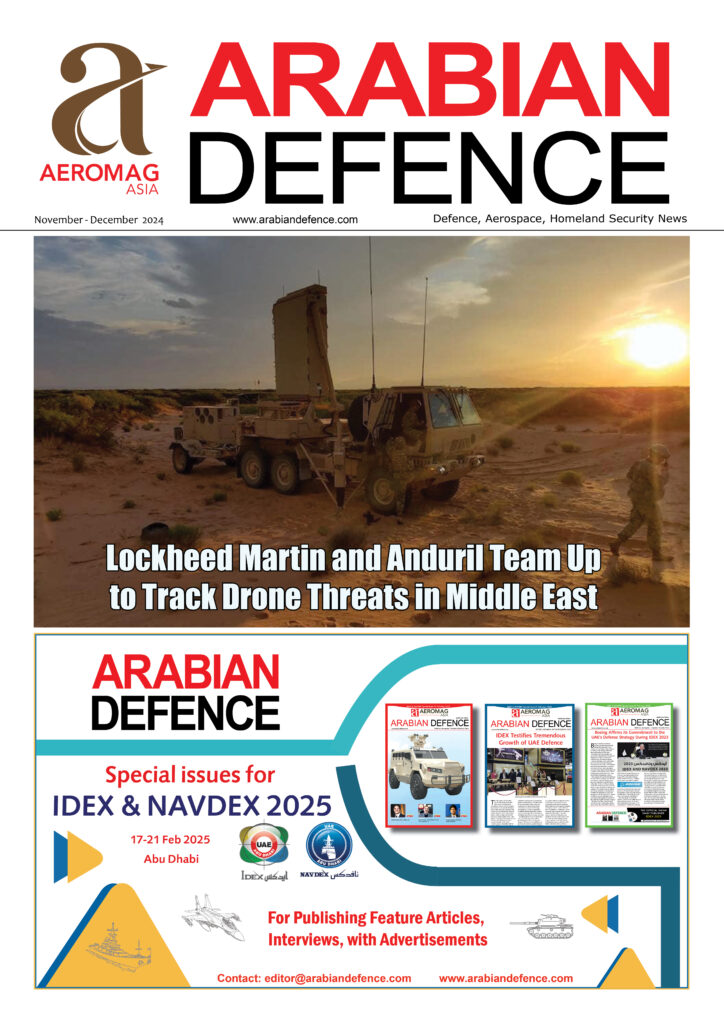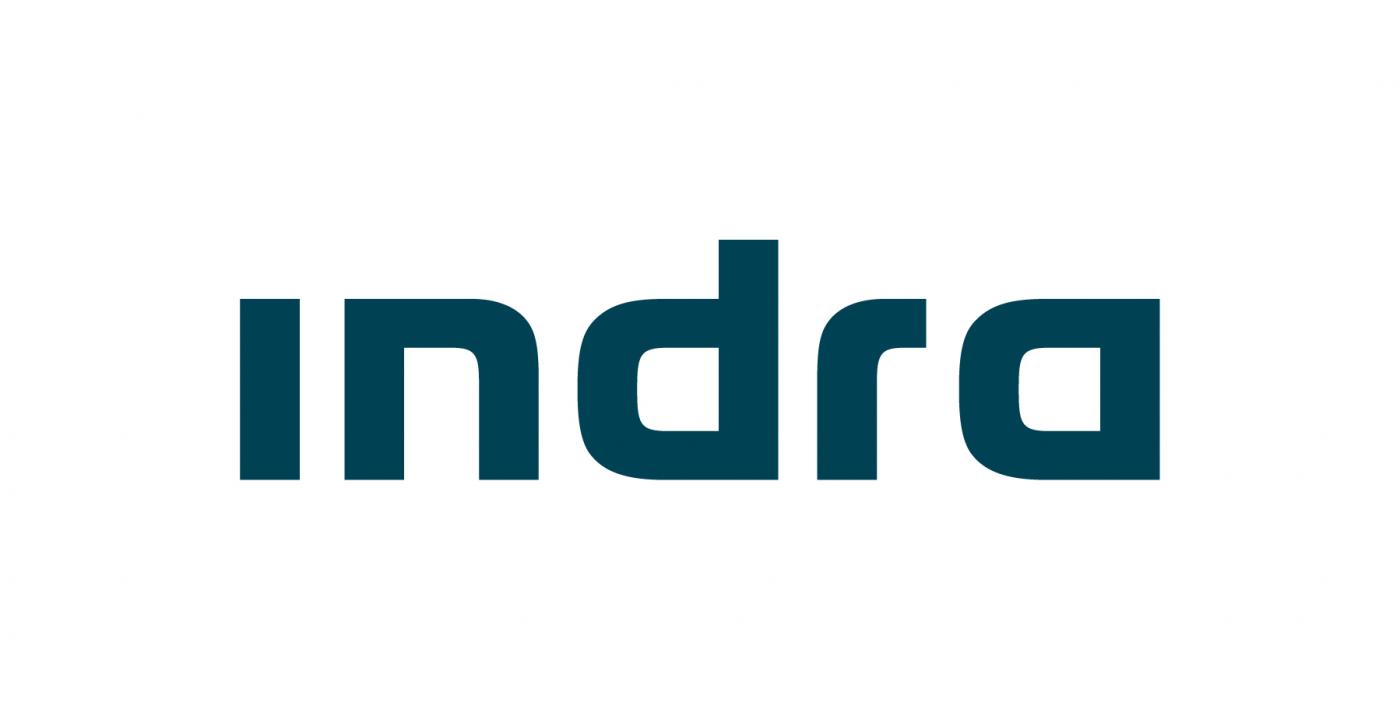
Indra, one of the leading global technology and consulting companies, as part of the FAMOUS program (European Future Highly Mobile Augmented Armored Systems) led by the company Patria, is coordinating the design of the Mission System that will allow European next-generation armored vehicles to impose their superiority on the digitalized battlefield, where control over data and information are key factors. Only those armies that use the most advanced technologies based on artificial intelligence, hyperconnectivity, the combat cloud and the use of new generation sensors will be able to intervene in this type of scenario.
The FAMOUS program, involving 19 European companies, addresses the architecture design and will lay the groundwork for the subsequent development and manufacture of a tracked all-terrain vehicle and a light wheeled armored infantry vehicle, both equipped with disruptive technologies and possibly operational by the end of the decade.
Indra is working on the electronic architecture and is also leading the project to develop the armored vehicles’ Mission System, in which the companies Nexter, Cybernetica, Savox, and LMT are also participating. This system is the ‘on-board brain’ that will provide situational awareness and the ability to interoperate in real time with other platforms and soldiers deployed in the field. “The vehicles will operate in a network, forming a true system of systems with a continuous data exchange with other platforms. This coordination, this teamwork, is what multiplies intelligence and efficiency,” Indra notes.
The system will make use of artificial intelligence and virtual and augmented reality to display tactical information to the crew on what is happening at all times, contextually displaying data on the adversary’s position, detected threats or the advance of their own or allied units. “It is about supporting decision-making for maximum precision, taking advantaging of a vision assembled from the data gathered by multiple systems, sensors, platforms and soldiers located at different points on the ground,” the company says.
The level of intelligence provided by this capability facilitates near-perfect coordination, which is especially critical in asymmetric or hybrid conflicts, where the adversary tries to go unnoticed and forces every action taken by one’s own forces to be extremely precise. Indra points out that military tactics are taking an important turn with the arrival of these systems: “A forward platform can provide, for example, immediate data to vehicles advancing on another flank, providing a great advantage and the possibility of catching the adversary off-guard”.
This technology will also allow vehicles to move alongside unmanned ground or aerial platforms that provide support and clear the way to avoid explosive ordnance attacks.The Indra-led team will ensure the comprehensive integration of all electronic defence, survival, communications and sensor systems in the vehicles to put every piece of information at the service of the mission, which in itself represents an advance over current armored vehicles. “For the crew, all these improvements translate into greater situational awareness, a lower degree of complexity and greater ease of moving around safely,” they stress.
The system’s cybersecurity is also one of the factors being taken into account from the earliest design stages. This ensures the vehicle’s maximum resistance to any cyber-attack.
All development will be based on open software, with a core that can be shared by different types of vehicles, allowing them to be easily adapted to each other. Subsystems of this kind designed by the FAMOUS program ─ including the mission system itself ─ will be adaptable to vehicles with years of service behind them as well as to newer models. They could thus become a European standard for armored vehicles, bringing significant savings in future developments, supplies or modernizations.
The ultimate goal is to have the most advanced solutions available and be able to add new technologies that are yet to come. “We are preparing for a race in which new and increasingly advanced systems will have to be integrated much faster,” the Indra team adds.

